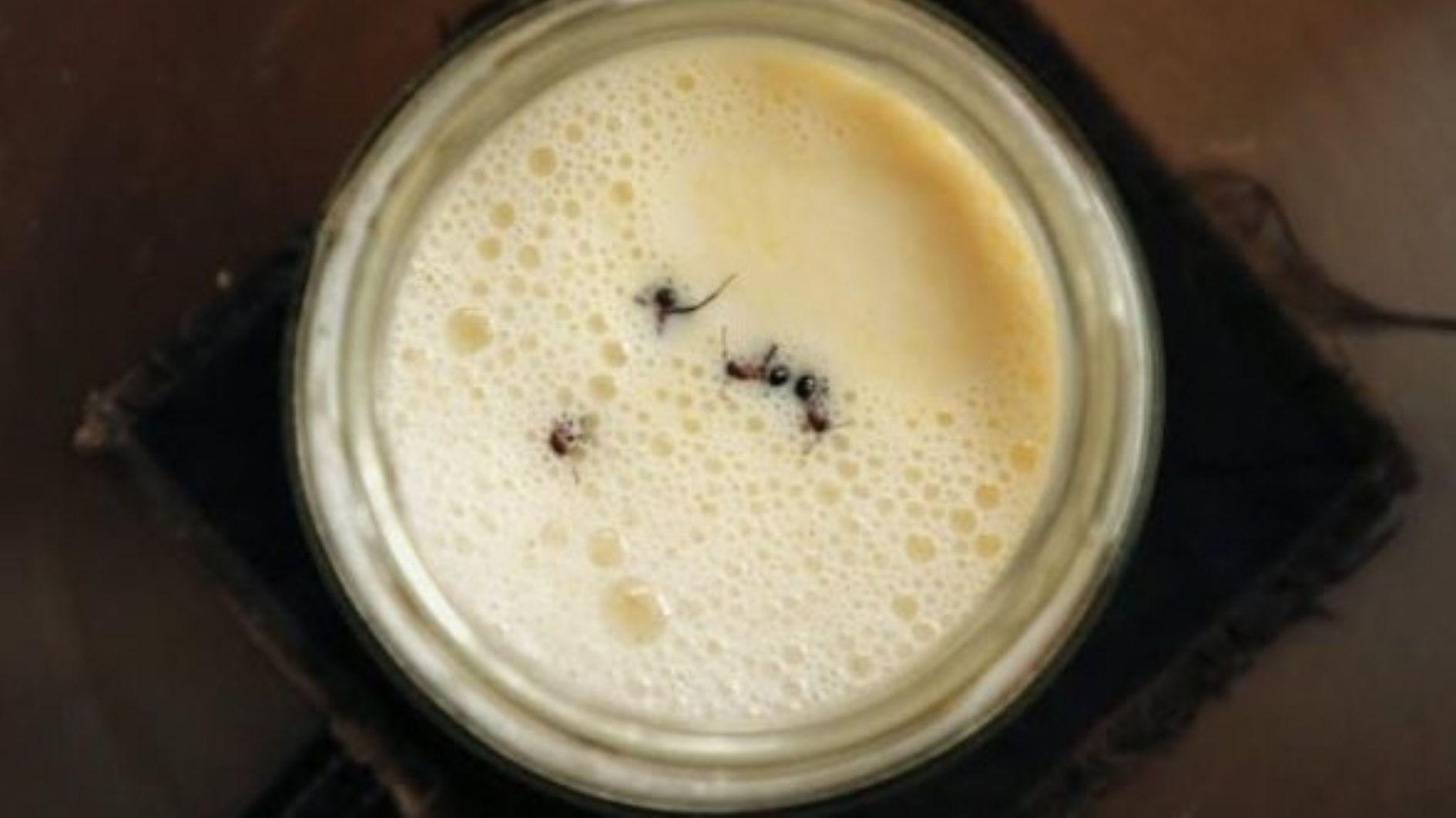Scientists recreate ‘ant yogurt’ from traditional Turkish, Bulgarian recipe
ISTANBUL

A team of anthropologists and food scientists has successfully produced “ant yogurt,” reviving a centuries-old fermentation method still known in some rural parts of Türkiye and Bulgaria.
By adding a few live ants into warm milk, the researchers managed to ferment the mixture naturally and discovered that the resulting yogurt contained Fructilactobacillus sanfranciscensis, the same bacterium used in sourdough bread production.
Their findings were published on Oct. 3 in the peer-reviewed journal iScience.
Modern yogurts are typically made using two bacteria — Lactobacillus bulgaricus and Streptococcus thermophilus. However, traditional fermentation techniques often rely on a wider variety of microorganisms, resulting in different flavors and textures.
The study’s co-author, Sevgi Mutlu Sirakova, a doctoral researcher at Ludwig Maximilian University of Munich, collected information about this unusual practice during fieldwork in Türkiye and Bulgaria, where she collected oral accounts of villagers using ants to start yogurt cultures.
Following these stories, the team visited Sirakova’s ancestral village in Bulgaria and replicated the traditional recipe exactly as described.
“According to Sevgi’s uncle and local residents, we dropped four ants into warm milk and left the jar overnight in an anthill,” said Veronica Sinotte, a microbiologist at the University of Copenhagen.
By morning, the milk had turned into yogurt with "a slightly tangy, herbal flavor,” according to Sinotte.
Chemical analysis revealed that the yogurt contained high levels of formic acid, a compound naturally produced by ants as a defense mechanism.
Researchers believe this acid contributed to the yogurt’s distinct taste and texture.
The findings suggest that ants could be a valuable source of microorganisms for food fermentation and that traditional practices may hold untapped potential for modern science.
The team later collaborated with Copenhagen’s two-Michelin-starred restaurant Alchemist, where chefs created three dishes using the experimental yogurt: Ant-shaped ice cream sandwiches, tangy cheeses and an 18th-century-inspired “milk cocktail.”
Despite the successful experiment, experts warn that this method should not be attempted at home. Wild ants may carry parasites, and the research team filtered their samples in a laboratory to ensure safety.
Even today, some villages in Türkiye and Bulgaria are reported to continue making yogurt using ants, preserving a unique culinary link between nature, tradition and science.
As Sinotte told Live Science, “I hope people recognize the wisdom in local traditions and listen a little more closely to their grandmothers’ seemingly unusual recipes.”















